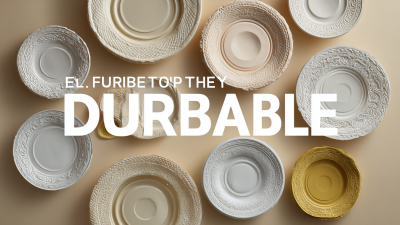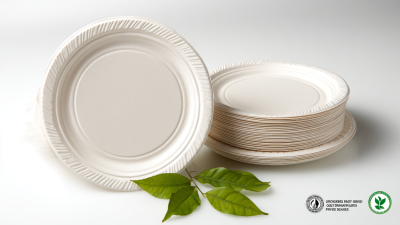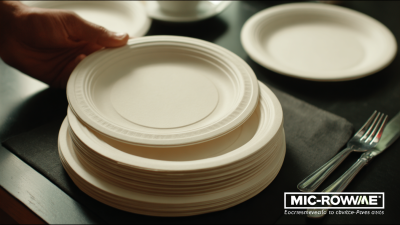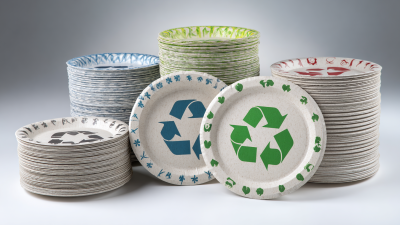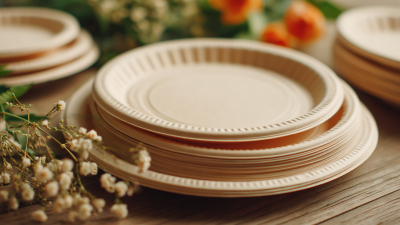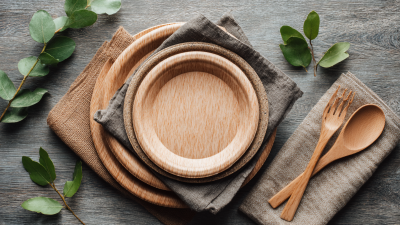Leave Your Message
Choosing the right disposable tableware for your events can significantly impact both the environment and your overall experience. In recent years, Biodegradable Paper Plates have emerged as a popular alternative to traditional plastic and foam plates, offering an eco-friendly solution without compromising on quality or convenience. However, with so many options available on the market, selecting the best biodegradable paper plates can be a daunting task. This guide aims to simplify the decision-making process by highlighting key factors such as material composition, durability, size, and design. Whether you're hosting a casual picnic, a formal wedding, or a corporate gathering, understanding these aspects will help you make an informed choice that aligns with your sustainability goals while ensuring your event is both memorable and environmentally conscious.
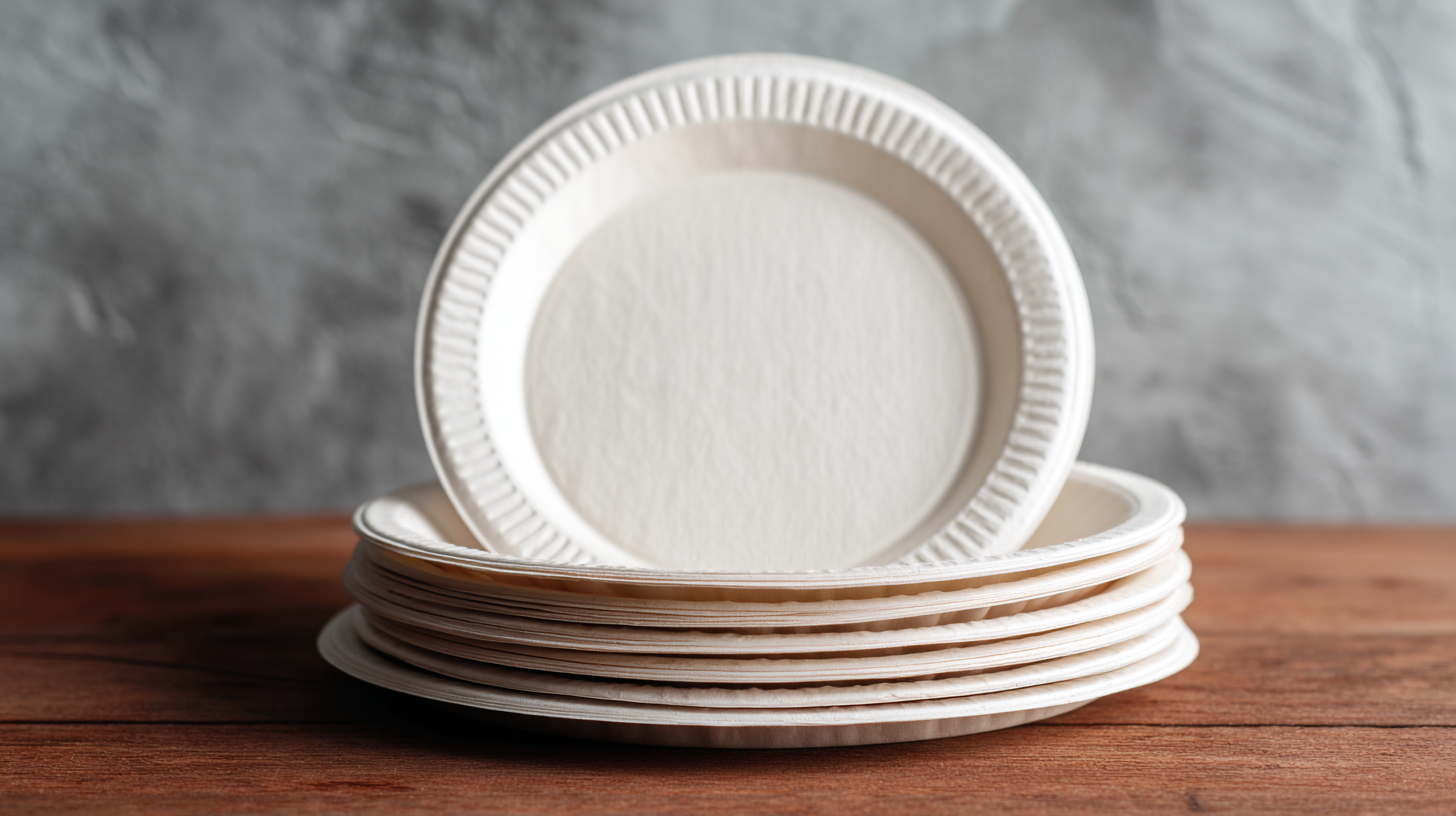
When selecting the best biodegradable paper plates for your event, understanding your specific needs is paramount. Start by assessing the size of your gathering—industry reports indicate that events with 50 to 100 guests typically require a mix of standard and larger plates to accommodate both appetizers and main courses effectively. For instance, a study by the Food Service Technology Center found that using plates with a diameter appropriate for the type of food being served can minimize food waste and enhance guest satisfaction.
Theme plays a crucial role as well. If your event has a specific aesthetic, like a rustic or eco-friendly vibe, look for biodegradable plates that align with that vision. Recent trends indicate a growing preference for plates made from sugarcane pulp or recycled paper, which not only look appealing but also significantly reduce the environmental footprint. According to the Biodegradable Products Institute, such materials can decompose within three to six months, making them a sustainable option for celebrations. Lastly, consider the guest count, as this will dictate both the quantity needed and the type of plates suitable for multi-course meals. Balancing these factors ensures your event is both stylish and environmentally responsible.
When choosing biodegradable paper plates for your events, it’s essential to evaluate the material types available, particularly bamboo, sugarcane, and recycled paper. Bamboo plates are known for their sturdy structure and rapid renewability, making them an eco-friendlier option. They decompose efficiently and can add a touch of elegance to any gathering. Moreover, bamboo cultivation typically requires less water and no pesticides, which further supports sustainable practices.
On the other hand, sugarcane plates, often made from bagasse, are another excellent choice. Recent studies have highlighted the utility of sugarcane bagasse not only in food service products but also in various industrial applications, such as bioplastics and construction materials. Its cellulose fibers, extracted through simple procedures, underscore its versatility and contribute to a circular economy. Recycled paper plates also present a viable option, reducing waste and utilizing existing pulp products, although their environmental impact varies depending on the recycling process and additives used. Careful consideration of these materials ensures that your event remains both stylish and environmentally responsible.
| Material Type | Durability | Composting Time | Sustainability Rating | Cost (per plate) |
|---|---|---|---|---|
| Bamboo | High | 90 days | 5/5 | $0.25 |
| Sugarcane | Medium | 60 days | 4/5 | $0.20 |
| Recycled Paper | Low | 30 days | 3/5 | $0.15 |
When selecting biodegradable paper plates for events, durability is a critical factor to ensure they can effectively handle a variety of foods. A study conducted by the Biodegradable Products Institute reported that not all biodegradable plates are created equal; some are engineered to withstand heavier items while maintaining structural integrity. For example, plates made from sugarcane or bamboo fibers often exhibit superior strength and moisture resistance compared to those made solely from recycled paper.
In practical terms, choosing plates that can endure both moist foods and hot items, like sauces and entrees, is essential for a seamless dining experience. Research indicates that plates with a heavier weight of at least 300gsm can significantly reduce the risk of leakage and deformation. Additionally, the right design and thickness can contribute to the plate's ability to support awkwardly shaped foods or stacked servings without collapsing. Considering these factors not only enhances user satisfaction but also helps minimize waste, aligning with eco-friendly event planning goals.
When selecting biodegradable paper plates for your events, understanding sustainability standards and certifications is crucial. These certifications serve as a reliable guide for consumers, ensuring that the products they choose adhere to strict environmental criteria. For instance, look for products certified by organizations such as ASTM International or the Biodegradable Products Institute (BPI), which denote compliance with degradation and composting standards. This guarantees that your plates will break down effectively in the right conditions, minimizing their impact on the environment.
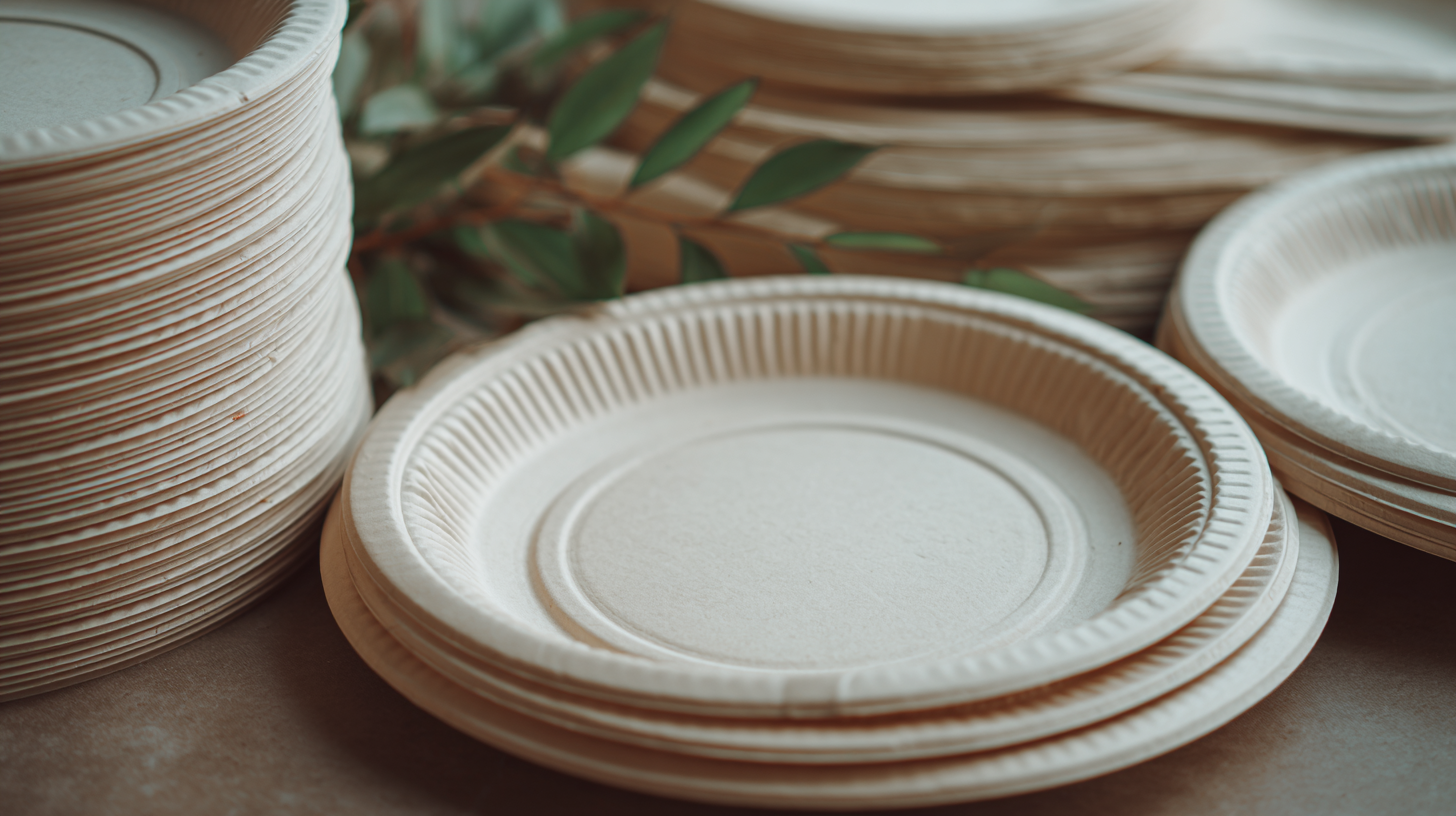
Tips for choosing the right biodegradable paper plates include checking for clear labeling about their biodegradability and compostability. Opt for plates made from recycled materials or those that use sustainable sourcing methods, as these factors not only contribute to environmental health but also support ethical practices. Additionally, consider the intended use of the plates; those designed for hot or oily foods often come with added features that enhance performance without compromising sustainability.
When planning events, the budget is often a significant consideration, especially when it comes to disposable items like paper plates. According to a report by the National Association of Catering Executives, operational costs can account for up to 60% of total event expenses. To strike a balance between quality and affordability, it’s essential to research biodegradable paper plate options that do not compromise on durability or functionality.
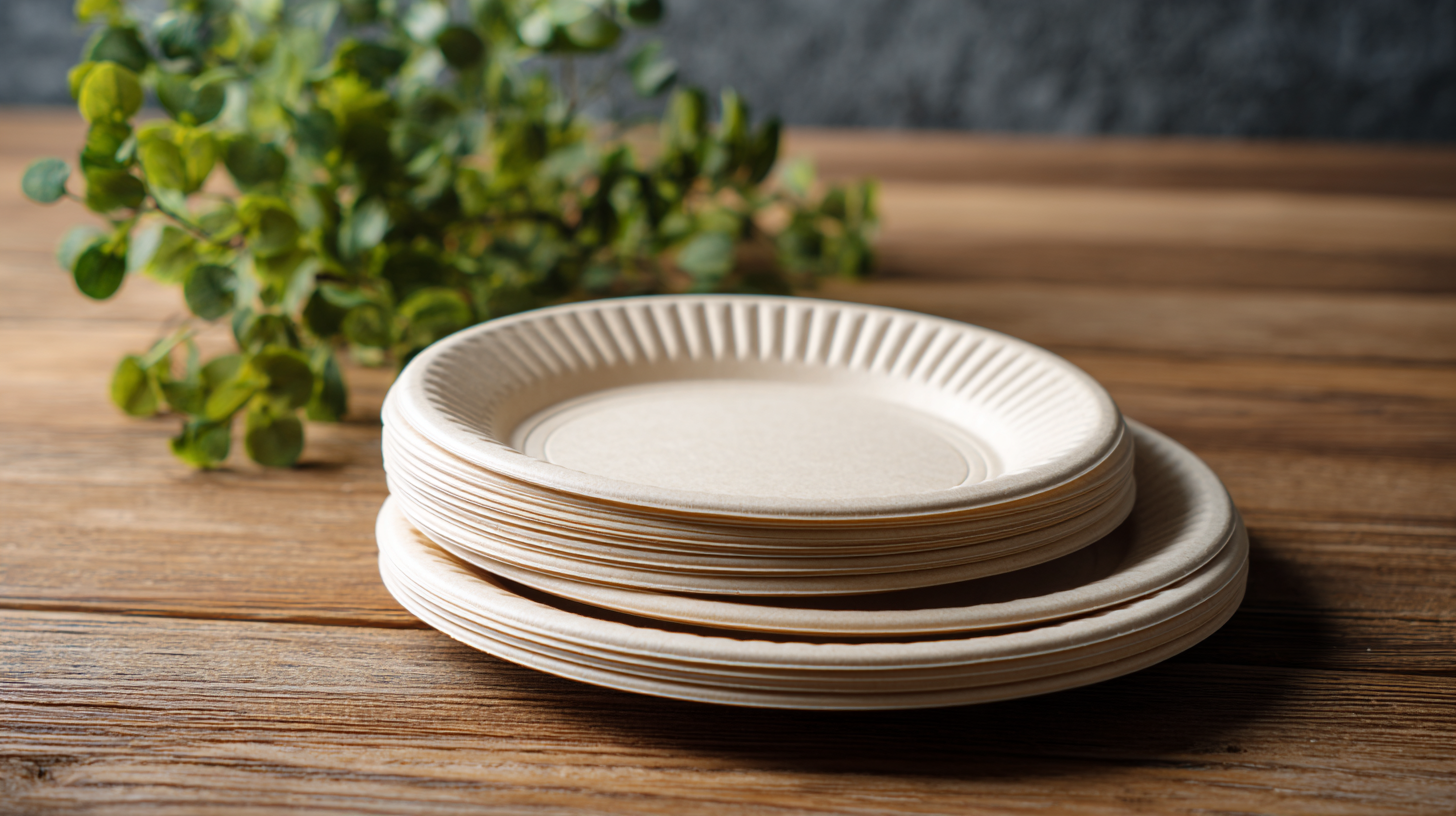
Studies indicate that biodegradable paper plates can vary in price significantly, with costs ranging from $0.10 to $0.50 per plate depending on the materials used and the manufacturing process. For those looking for budget-friendly yet effective options, brands that utilize recycled materials or that are certified compostable by reputable organizations such as the Biodegradable Products Institute (BPI) can provide excellent value. In fact, choosing these products can lead to up to a 30% reduction in waste removal costs, further enhancing the cost-effectiveness of your event. Always consider bulk purchasing to take advantage of discounts, as many suppliers offer significant reductions on large orders without sacrificing quality.
